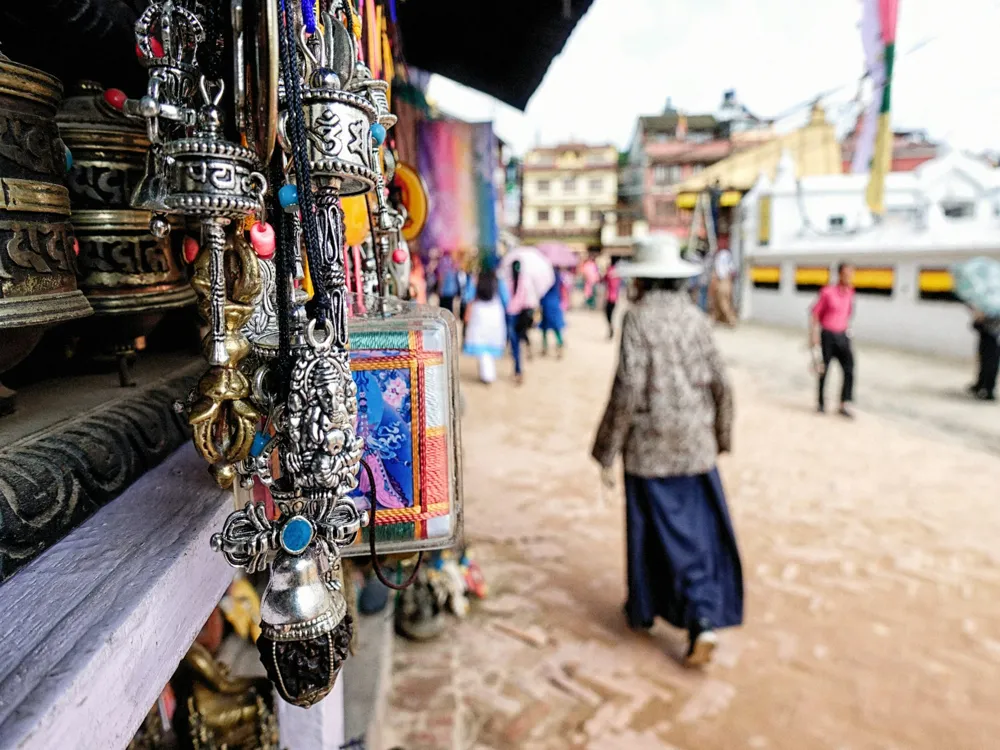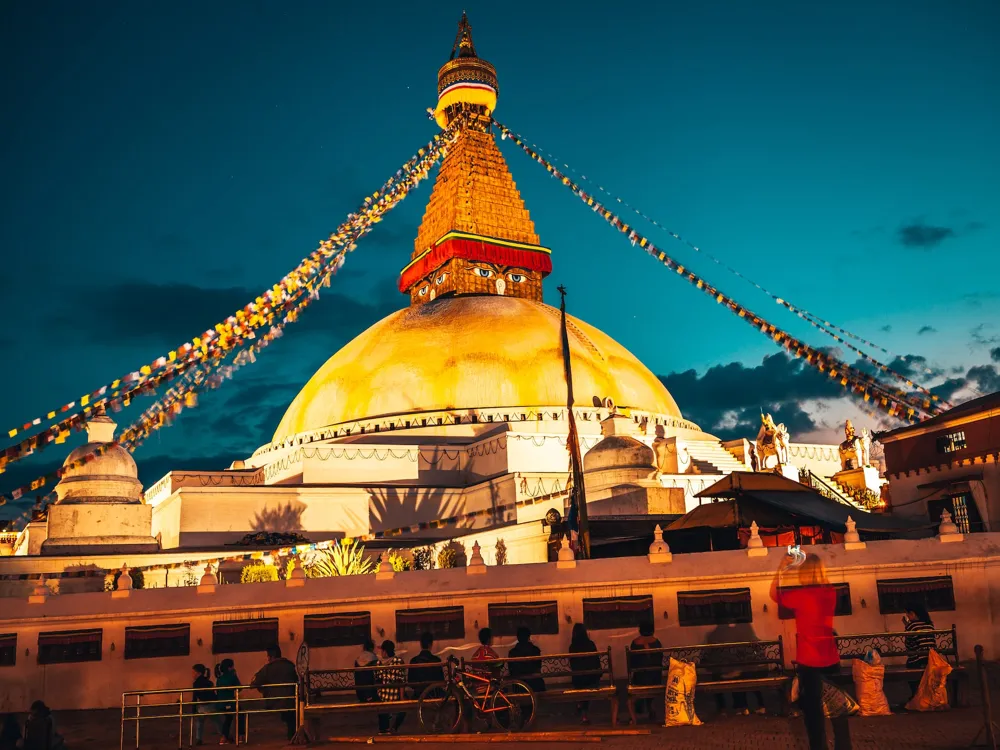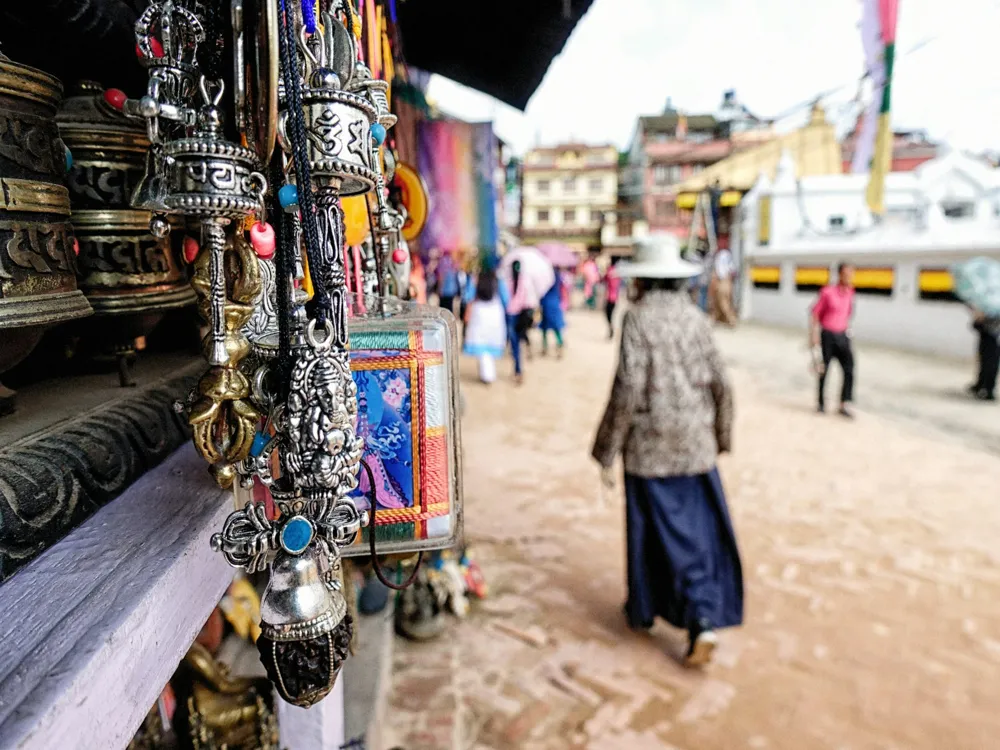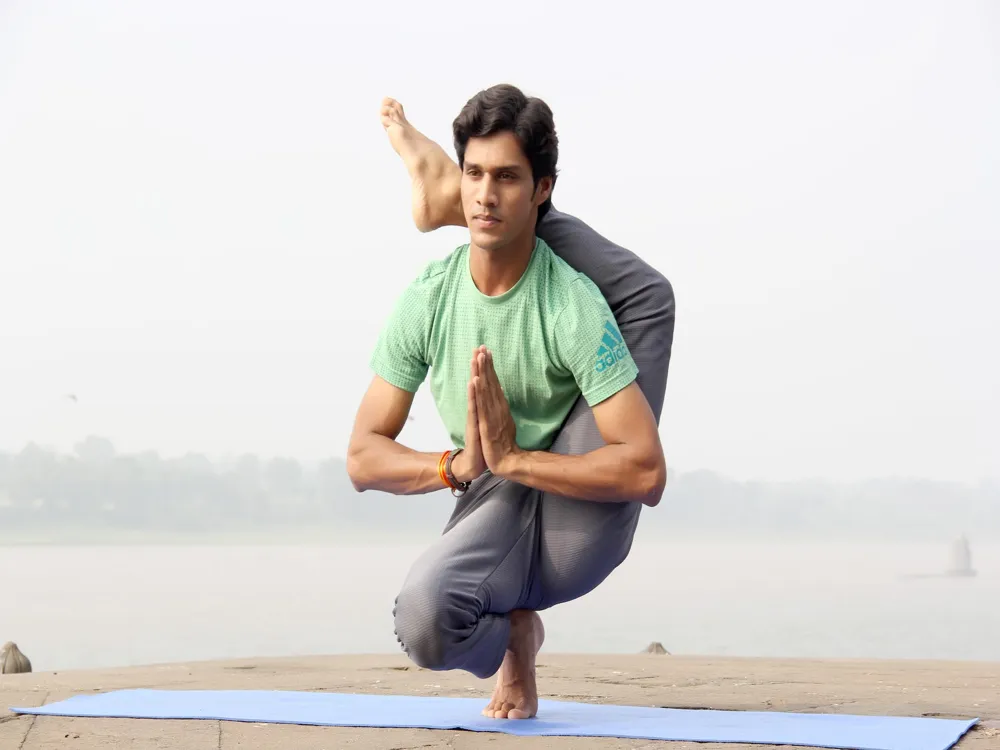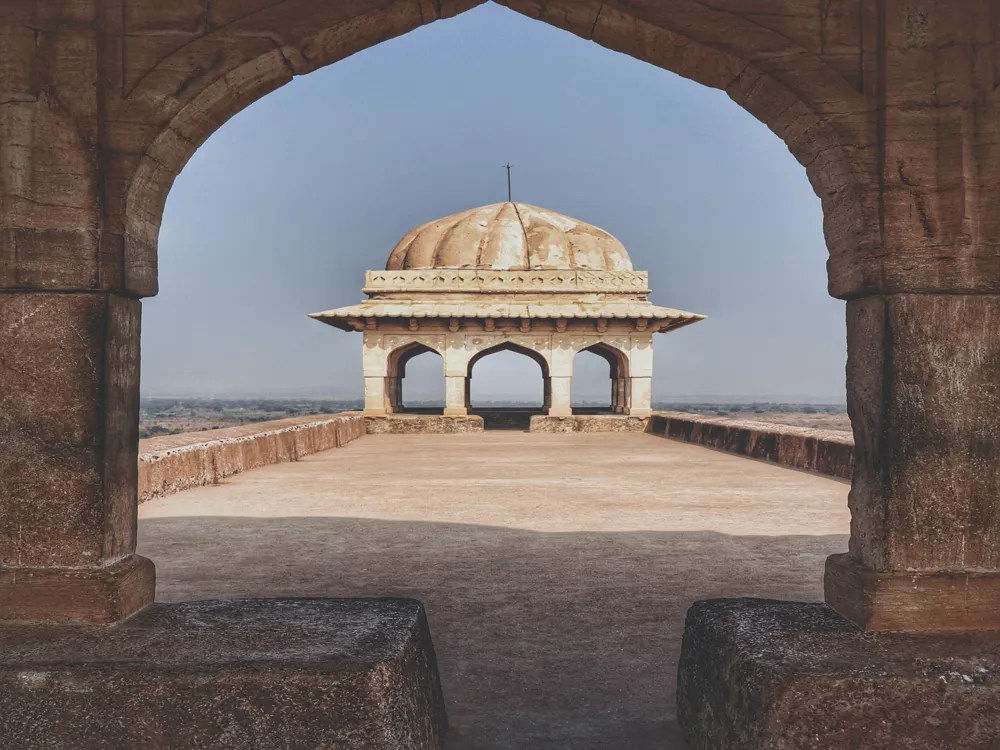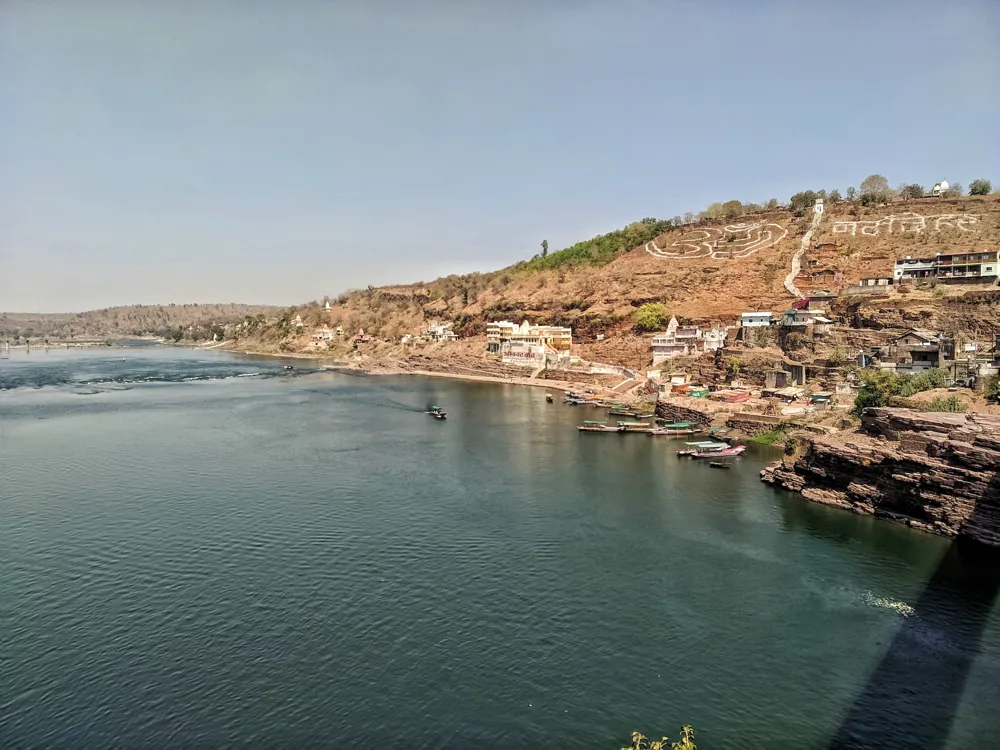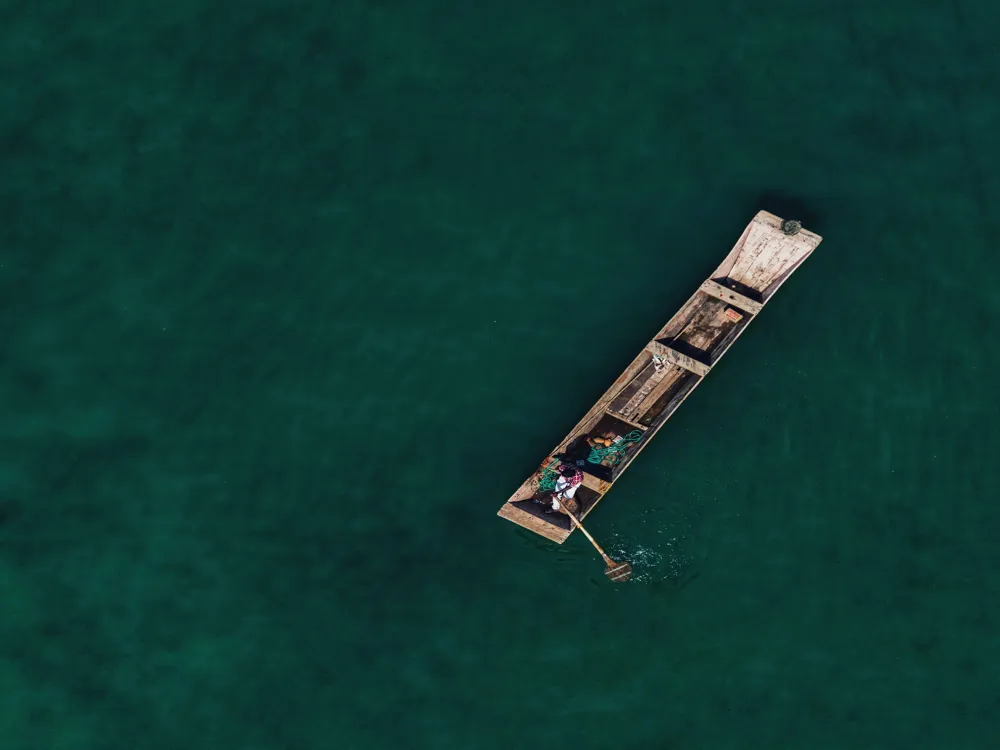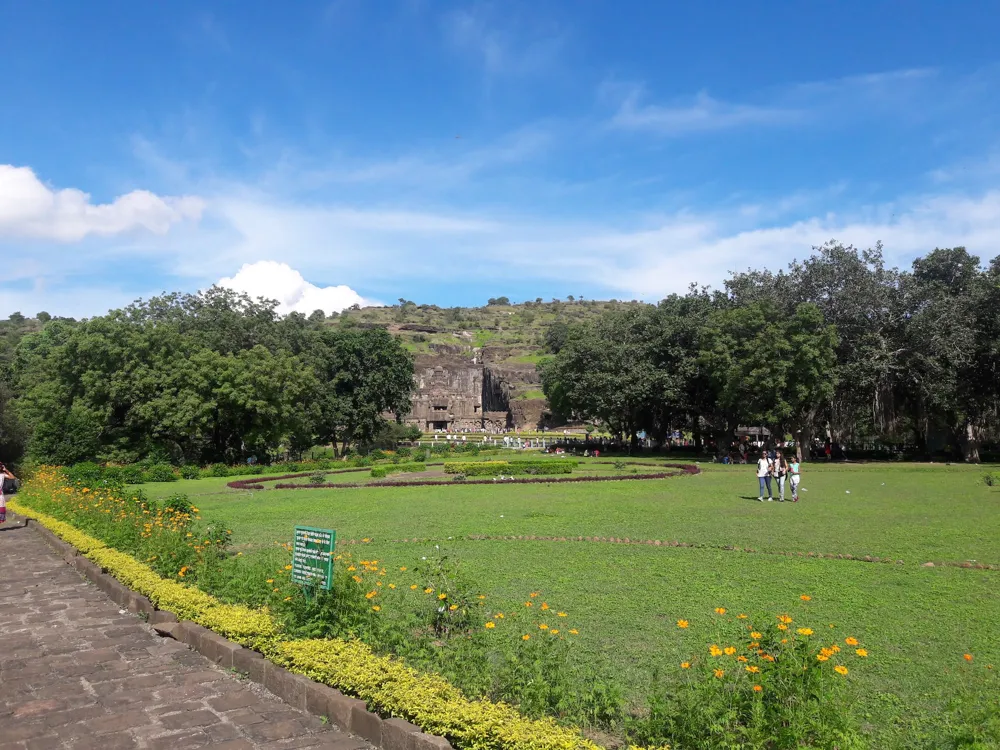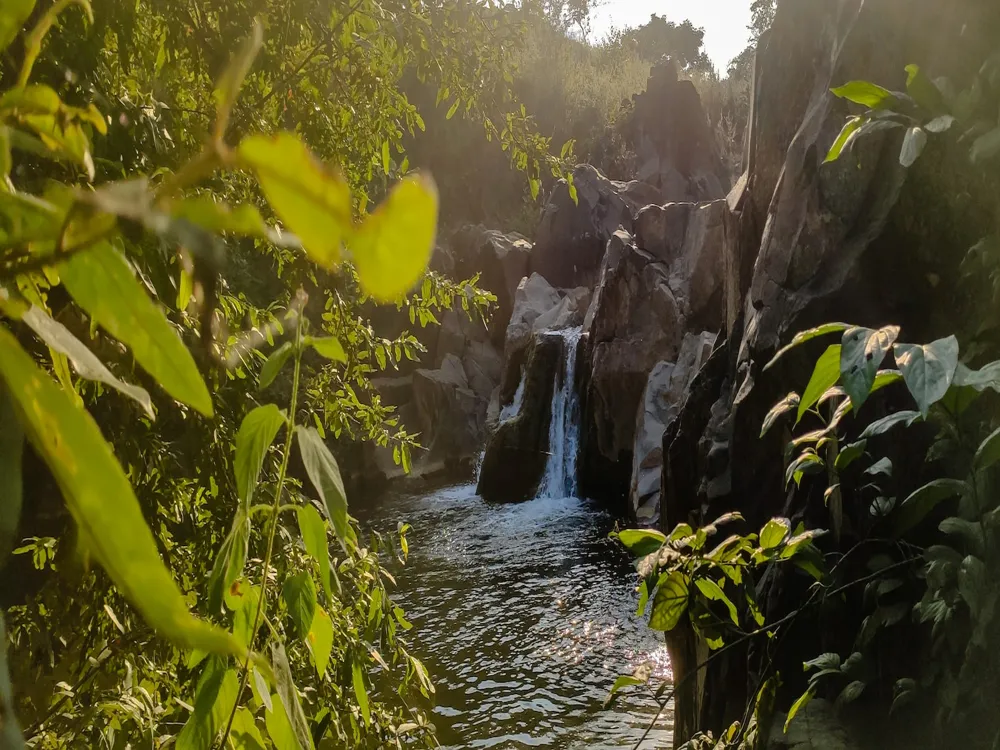The Buddha Stupa in Kathmandu, also known as the Boudhanath Stupa, is not just an architectural marvel but also a symbol of peace and spirituality. Standing tall in the Kathmandu Valley, it is one of the largest stupas in the world and holds immense significance in Buddhism. The stupa is a unique landmark, with its massive mandala making it one of the largest spherical stupas in Nepal and the world. The origins of the Buddha Stupa are shrouded in mystery and legend. According to one popular tale, the stupa was built by an old woman who asked for land from the king to construct a place of worship. The king, underestimating her, gave her a land as big as a buffalo's skin. Ingeniously, she cut the skin into thin strips and laid them out in a large circle, thus securing a substantial piece of land. Over the centuries, the stupa has undergone various renovations, especially after natural disasters like earthquakes, yet it stands resilient, symbolizing the unyielding spirit of human faith and devotion. The stupa's massive white dome represents the womb of creation, giving it a distinct identity. Around the dome, the all-seeing eyes of Buddha watch over the universe in all four cardinal directions, symbolizing the omnipresence of the Buddha. The thirteen tiers above the dome represent the stages that a human being must pass through to achieve nirvana. This incredible structure is not just a sight to behold but also a representation of the Buddha's path towards enlightenment. The area around the stupa is as significant as the monument itself. It is a bustling hub of culture and spirituality, surrounded by monasteries and traditional Tibetan houses. The air is filled with the scent of incense and the sounds of monks chanting, prayer wheels spinning, and the fluttering of prayer flags. It's a place that transcends religious boundaries, attracting visitors from all walks of life, each seeking their own form of spiritual or cultural enlightenment. The architectural design of the Buddha Stupa in Kathmandu is a testament to the ingenuity and spirituality of ancient Nepalese culture. Its structure is a harmonious blend of mandala symbolism, Buddhist philosophy, and Tibetan influence. The stupa's massive dome forms the base of the structure, symbolizing the earth. This dome is often compared to an inverted bowl, representing humility and reverence. Atop the dome sits a cubical structure with the all-seeing eyes of Buddha on each side. These eyes are a prominent feature, signifying the omnipresent nature of Buddha. Between each pair of eyes is a curly symbol, resembling the number one in Nepali, symbolizing unity and the one path to enlightenment. Above this cubical structure rises a conical spire, composed of thirteen tiers, representing the stages of the Bodhisattva's path towards enlightenment. The prayer wheels that line the base of the stupa are an integral part of the structure. Devotees walk around the stupa, spinning these wheels, which is believed to release prayers and mantras into the heavens. The stupa is adorned with thousands of prayer flags that carry mantras and prayers on the wind, spreading blessings to the surrounding area. The architecture of the stupa is not just about physical beauty and grandeur; it is deeply symbolic. Every element, from the shape of the dome to the color of the prayer flags, holds meaning and reflects the teachings of Buddhism. The Buddha Stupa stands as a physical embodiment of Buddhist philosophy and cosmology. Visitors should always show respect to the local customs and religious practices. It's important to dress modestly, remove shoes before entering sacred areas, and refrain from loud or disrespectful behavior. When walking around the stupa, always move in a clockwise direction. This is in keeping with Buddhist tradition and is a sign of respect for the religious practices of the area. While photography is generally allowed, it's respectful to avoid taking pictures of people praying or of monks without their permission. Also, refrain from using flash inside monasteries or near prayer flags. Visitors are encouraged to interact with the local community, perhaps by visiting nearby shops and trying local cuisine. This not only enhances the cultural experience but also supports the local economy. Buddha Stupa in Kathmandu is easily accessible by various modes of transportation. The most common way for tourists to reach the stupa is by taxi or rickshaw from central Kathmandu. Public buses are also available, offering a more immersive local experience. For international travelers, the stupa is just a short drive from Tribhuvan International Airport. Regardless of the mode of transportation, visiting the Buddha Stupa is a journey into the heart of Nepalese culture and spirituality. Read MoreOverview of Buddha Stupa Kathmandu
Architecture of Buddha Stupa Kathmandu
Tips When Visiting Buddha Stupa Kathmandu
Respect Local Customs and Traditions
Circumambulation: The Right Way
Photography Etiquette
Engage with the Local Community
How To Reach Buddha Stupa Kathmandu
Buddha Stupa Kathmandu
Kathmandu
₹ 11,658 onwards
View kathmandu Packages
Kathmandu Travel Packages
View All Packages For Kathmandu
Top Hotel Collections for Kathmandu

Private Pool

Luxury Hotels

5-Star Hotels

Pet Friendly
Top Hotels Near Kathmandu
Other Top Ranking Places In Kathmandu
View All Places To Visit In kathmandu
View kathmandu Packages
Kathmandu Travel Packages
View All Packages For Kathmandu
Top Hotel Collections for Kathmandu

Private Pool

Luxury Hotels

5-Star Hotels

Pet Friendly






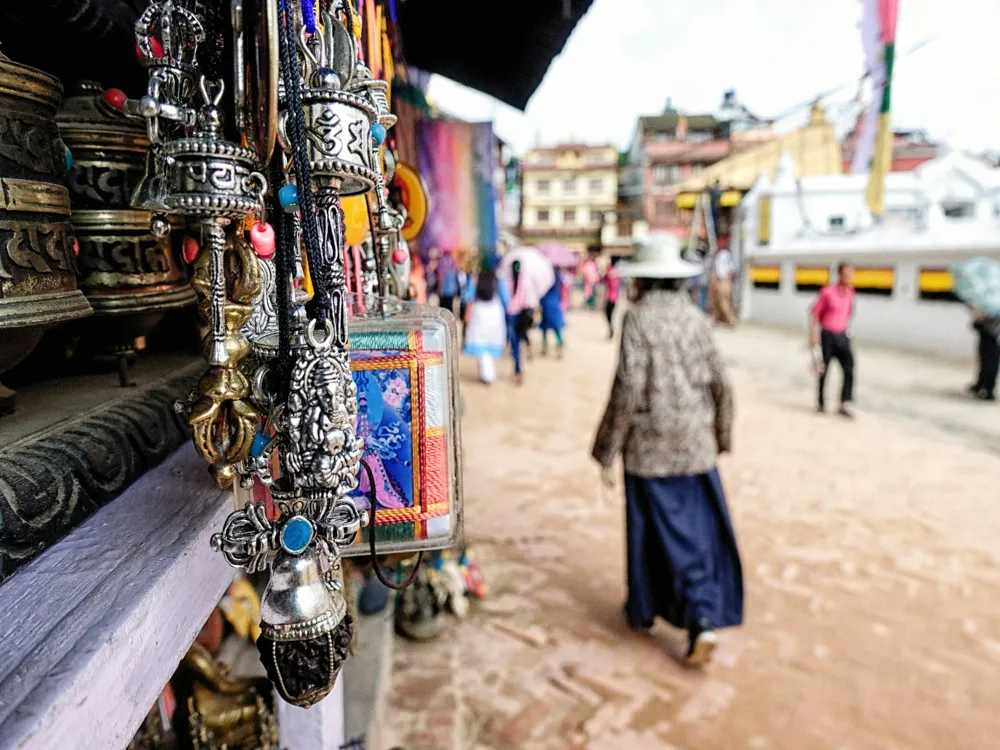
/asan-bazar-asan-tole-slider-1.webp)
